Determining relative density
How to calculate relative density
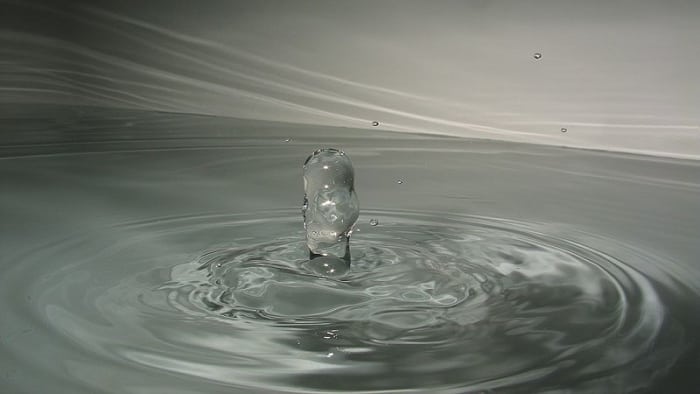
Density is a physical value equal to the ratio of the mass of a substance to its volume. This value is measured in g/cm³ [kg/m³].
ρ = m/V.
Often in determining densities of aqueous solutions for standard density, the density of pure water is used, which under normal conditions is approximately equal to 1 g/cm³. For convenient calculation, the relative density of a substance is often used.
Relative density
Relative density is a value determined as the ratio of the density of the substance studied to the density of a substance chosen as the “standard” in this case. Relative density is a non-dimensional value, as in determining it one value of density is divided by another. Not only the change in the numerical value of the parameter is taken into account, but also the change of its dimension – if the dimension is divided by itself it is completely reduced:
d = P/P₀ (density of given substance – Р, density of standard substance – Р₀).
Conditions may be indicated after d. For example, d²⁰₄ indicates that density was calculated at 20 ᵒC (68 ᵒF), and that the density of water at 4 ᵒC (39.2 ᵒF) was taken as the standard.
Click here for making interesting experiments with water.
In the case of water, fundamental differences cannot usually be seen between the density of the substance and its relative density, as the density of water is rounded to 1. The presence or absence of a dimension of value helps us to determine precisely which value is determined – relative or not.
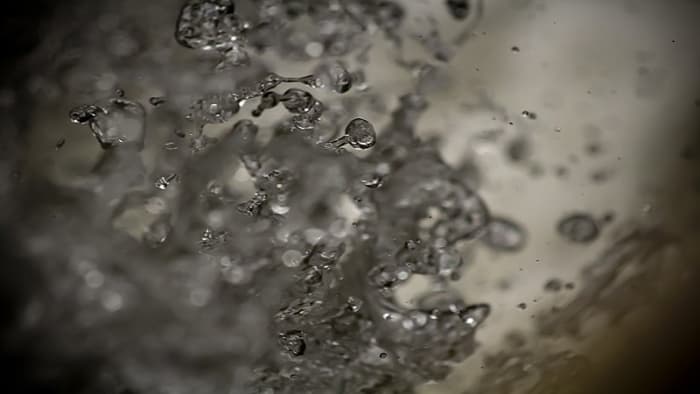
Sometimes the relative density is also determined for gases according to a similar principle:
Dₐᵢᵣ= Mᵣ(gas)/Mᵣ ₐᵢᵣ (density of gas by air is determined as a ratio of the relative molecular mass of gas to the relatively molecular mass of air, which is always equal to 29). Instead of air, any other gas can be used as a standard.
What can influence the value of density
The value of relative, as well as ordinary, density, is not a constant value even for the same substances. Depending on the temperature of the environment, the value may become higher or lower (the dependence of the density of the necessary substance from atmospheric condition may be found from reference tables or determined by devices in a series of experiments with different conditions).
For example, at 20 ᵒC (68 ᵒF), the density of distilled water is 998.203 kg/m³, while at 4 ᵒC (39.2 ᵒF) it is 999.973 respectively. With a precise determination of relative density, these differences may influence the final result.
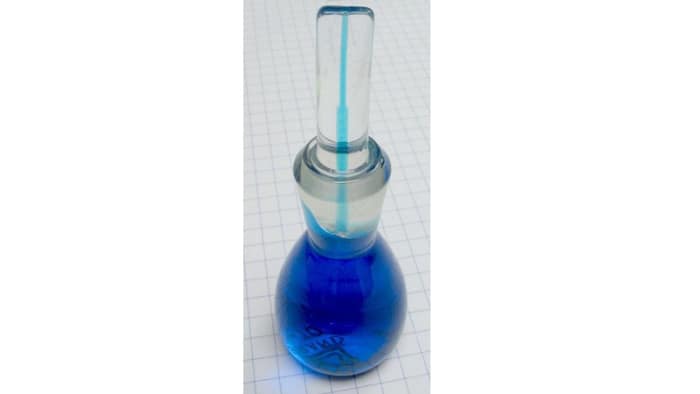
How to measure relative density
Relative density at the same temperature can be measured with a pycnometer – it is first weighed empty, then with the standard substance (for example distillate) and then with the substance under investigation. In some cases, to determine relative density an aerometer is used, but the precision of results is lower.
Examples of calculations
If the densities of two substances are given in solving a problem, to find the relative density, the definite density simply needs to be divided by the standard. For example, if the density of a hydrochloric acid solution is 1.150 kg/m³, and the standard density of sulfuric acid is around 1.800 kg/m³, then the density of hydrochloric acid divided by sulfuric acid is:
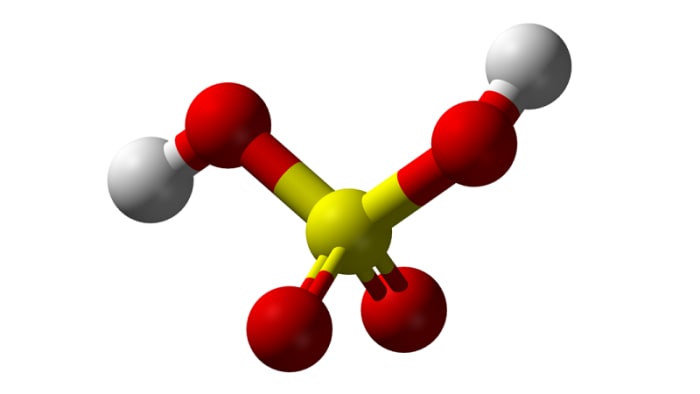
d = P/P₀ = 1150/1800 = 0.64.
With gases, molecular mass is used. So the density of chlorine Cl₂ divided by air is:
Dₐᵢᵣ= Mᵣ(Cl₂)/Mᵣ ₐᵢᵣ = 71/29 = 2.45.
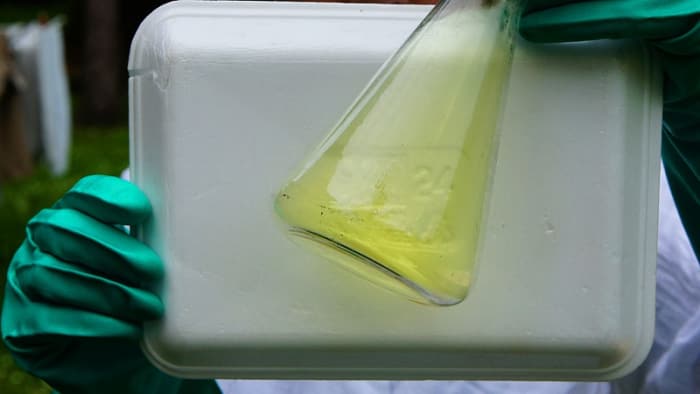
Calculations of relative density are often used in practice for simplified estimations.